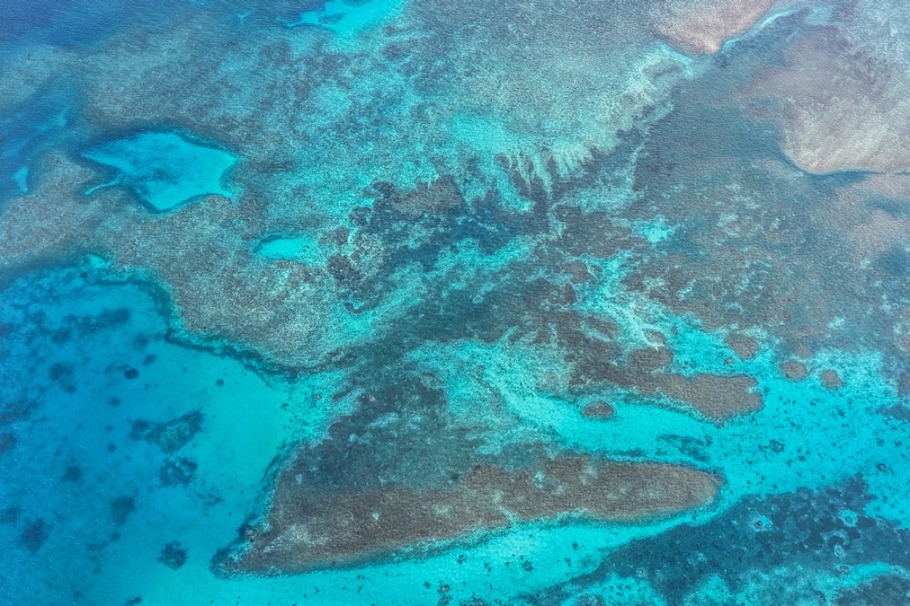Fujian will help Navy ensure sea of peace, friendship and cooperation


In the summer of 1937, Harrison Forman, a photographer and war correspondent from the United States, came to a Red Army base area in Northwest China's Shaanxi province and stayed there for many days. His plan was to uncover the "mysterious" armed forces led by the Communist Party of China.
Forman interviewed and took hundreds of photographs of commanders and soldiers who were training there to take on the Japanese aggressors. In one of his photographs, taken inside a cave classroom, one can see several posters on the wall showcasing advanced weaponry of the time such as seaplanes and submarines. Another poster showcases a huge ship — the USS Saratoga, a Lexington-class aircraft carrier. In those days, only a tiny fraction of Chinese people had heard about such advanced ships, as the sector was dominated by military powers such as the US and Japan.
Back then, neither Forman nor the young Chinese soldiers could have imagined that China would one day build and operate its own aircraft carriers. But 88 years later, earlier this month, China commissioned its third aircraft carrier, the more than 80,000-metric-ton CNS Fujian, which is the world's largest conventionally powered aircraft carrier, and one of the most sophisticated naval vessels ever built in the Eastern Hemisphere.
It is also the world's first and only carrier equipped with an electromagnetic catapult system that has launched and recovered stealth aircraft.
On its grand commissioning at a naval base in Hainan province, thousands of People's Liberation Army Navy sailors, naval aviators, ship designers and engineers stood in formation to witness the historic moment.
Anchored near the new carrier were two "big decks" — the CNS Shandong aircraft carrier and a Type 075-class amphibious assault ship, which is capable of carrying dozens of helicopters.
Altogether, the three vessels represent China's rise as a global sea power with capabilities that can be used for operations far from its shores.
However, unlike some other sea powers, China doesn't intend to use its world-class naval hardware to impose its will, intimidate, threaten or bully other countries. Beijing has repeatedly said that its ships will be used only to safeguard the nation's sovereignty, security and development interests, never to exercise hegemony.
As a spokesperson for the Ministry of National Defense said when commenting on the Fujian's commissioning, China always adheres to the path of peaceful development and follows a national defense policy that is defensive in nature. The Chinese military remains a staunch force for world peace, he said.
Selecting Sanya, Hainan province, as the carrier's home port means the ship belongs to the PLA Navy's South Sea Fleet. This is understandable because China needs a strong naval presence in the South China Sea to safeguard its national sovereignty and territorial integrity. Vessels stationed there can also carry out emergency rescue operations and escort civilian ships in distress while at sea, while also deterring troublemakers or external forces from creating tensions or conflicts in the "sea of peace, friendship and cooperation".
With the Fujian, the PLA Navy now has three carriers, and all peace-loving people in the world should be happy about that, because the stronger the PLA Navy is, the stronger the pro-peace power will be.



































